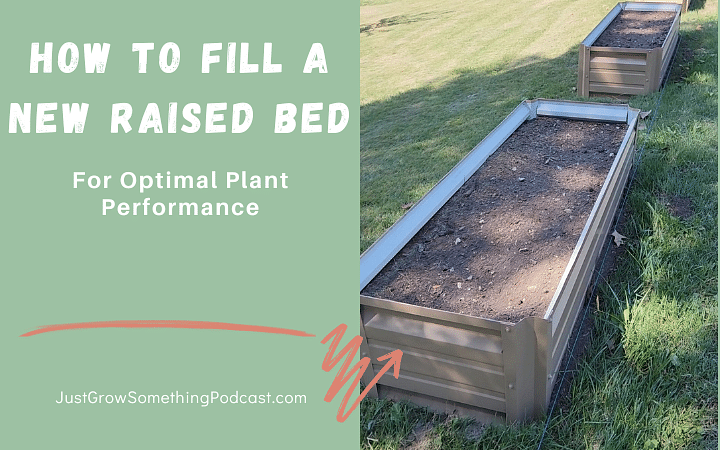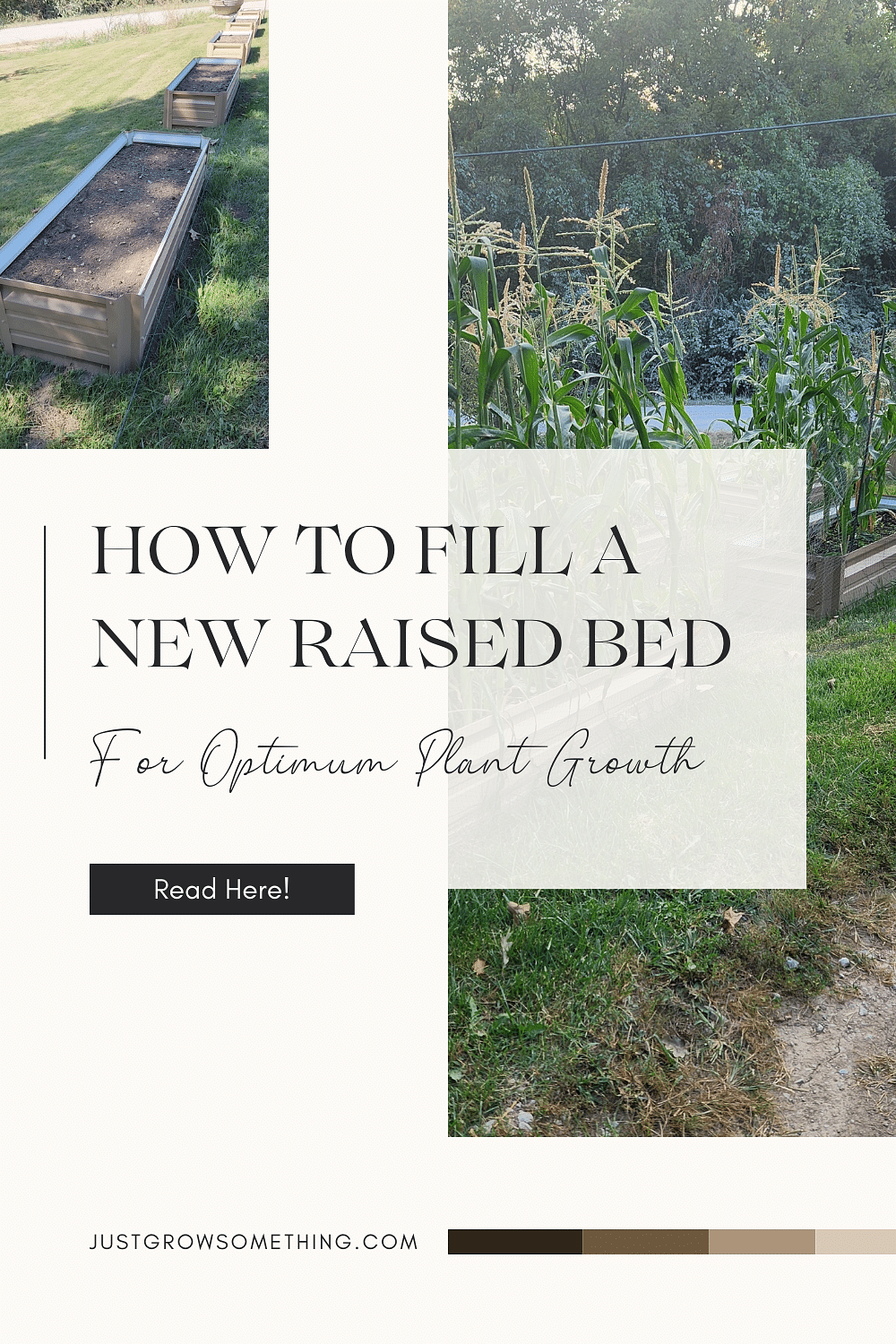
A Guide to Filling Raised Beds
One thing that stumps beginning gardeners is how to fill up a new raised bed. It’s not a good idea to fill a bed with nothing but purchased compost, especially if that compost isn’t very bioactive. The texture may not be correct, and the nutrients may not be available immediately to the plants. But, you may not have the funds to fill your new beds with a 50/50 blend of compost and pulverized topsoil, either. Here is a basic way to fill your new beds with nutrient rich contents while taking your plant needs into consideration.
 Building the Foundation: The Base Layer
Building the Foundation: The Base Layer
The first step in filling raised beds is establishing a proper base layer. Start by incorporating carbon-rich materials such as sticks, twigs, shredded leaves, straw, and cardboard. This is especially helpful in beds deeper than 18”. These materials not only take up space but also provide the structure for the humus that will develop over time. By using these natural components, you're creating air space for microbial activity and promoting proper drainage. If you’re building shallow beds, this layer may not be necessary or helpful.
If you're concerned about soil contamination from heavy metals or chemicals, consider using a heavy-duty landscape fabric across the bottom of the bed before filling. This allows water permeability while preventing the soil from coming into contact with contaminants. Additionally, using cardboard at the bottom of the bed can help smother perennial weed seeds and break down quickly to allow beneficial microbes to thrive.
Incorporating Aged Animal Manure and Unfinished Compost
Aged animal manure, such as rabbit, goat, alpaca, or sheep manure, can be added at this stage to enhance the soil's nutrient content. However, it's essential to ensure that the manure has been aged for at least four months to avoid overheating the bed. Unfinished homemade compost can also be used in the lower layer, provided you remove any large pieces that may attract pests. This unfinished compost will gradually break down, enriching the soil with valuable nutrients and organic matter over time.
Choosing the Right Soil Components
Building on the base layer, the focus shifts to selecting the appropriate soil components. It's crucial to avoid using straight garden soil or topsoil from bags, as these soils are dense and may not provide the necessary texture for optimal plant growth. Instead, aim for a mix of compost and topsoil, or consider using pulverized topsoil for a finer texture. The key is to create a loose, well-draining soil that's rich in nutrients.
Optimizing with Potting Soil and Biological Components
For those planning to plant into the raised beds right away, incorporating potting soil into the top layer is beneficial. Potting soil provides an ideal texture, water retention properties, and immediate nutrients for the plants. Additionally, consider adding worm castings or other biological components to bring the soil to life and support plant vitality. These elements help jump-start the soil's biological activity, ensuring that your plants thrive from the get-go.
If you’re filling these beds the season before you plan to plant, however, you can fill with mainly compost as the top layer. Allowing the compost to sit in place for several months will allow the beneficial microbial life to begin breaking it down into the water-soluble nutrients the plants need to grow and all the texture to improve. Planting too soon into this compost may result it stunted plant growth if you don’t add additional potting mix and nutrients.
 Maintaining and Enhancing the Beds Over Time
Maintaining and Enhancing the Beds Over Time
As the components in the raised beds decompose, the soil level will gradually decrease. Be prepared to add new layers of compost to replenish the beds and continue supporting microbial activity. Utilizing cover crops to add biomass and nutrients back into the soil can be an effective approach as well. Moreover, using compost as a mulch during the growing season, allowing it to naturally break down and integrate into the soil, is a sustainable way to maintain soil health.
Conclusion
Filling and managing raised beds for your garden requires thoughtful consideration of the soil components and ongoing maintenance. By building a strong foundation, selecting the right soil components, and incorporating biological elements, you can create an environment where plants thrive and flourish. Here's to cultivating your dream garden, one raised bed at a time!
Your Friend in the Garden,

